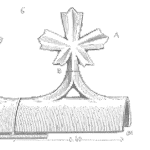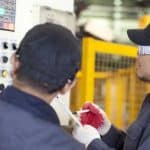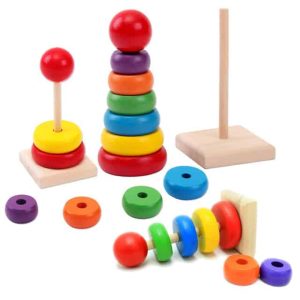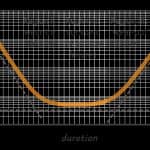
Previous articles have covered product development tools and methodologies such as lean product development, agile, design for six sigma, product life cycle (PLC) and project management processes.
In this article, lets consider “the product” being developed any hardware product, software, IT system, service or new business process. We’ll use the acronym “PSSBP” (Product, Service, Software, Business Process) as an all-encompassing placeholder and to illustrate critical thinking on the topic as follows:













